Why Ocean Ramsey Swims With Sharks Without Fear And Why You Can Too
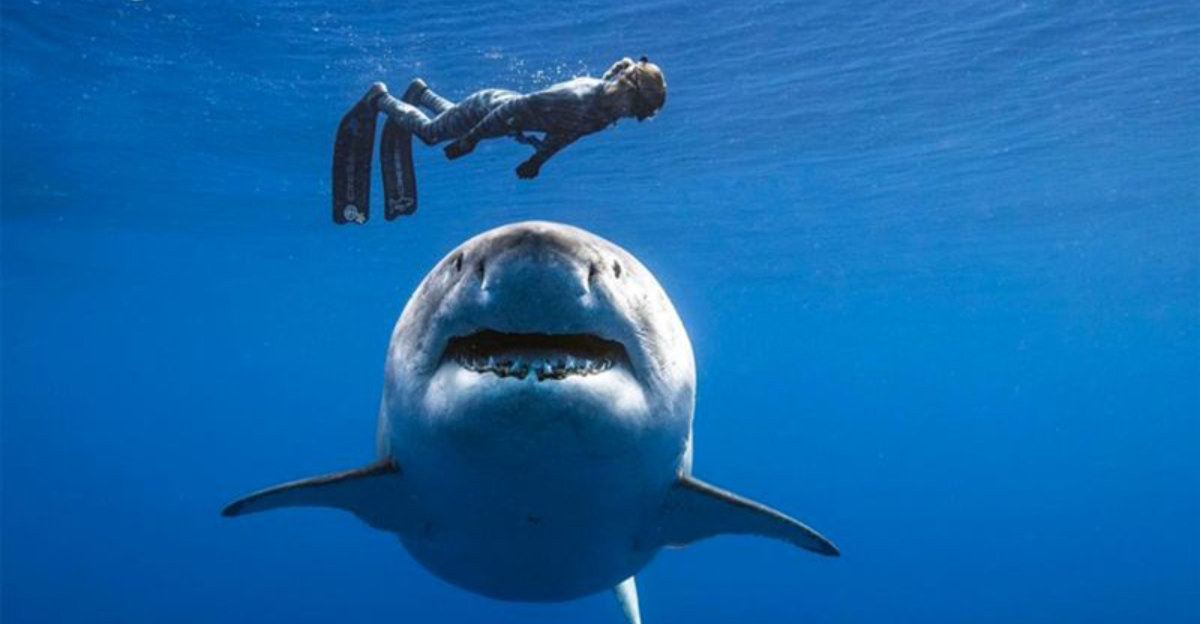
Ocean Ramsey glides through blue waters alongside massive sharks that most people run from.
As a marine biologist and conservationist, she’s dedicated her life to changing how we see these misunderstood ocean predators.
Her fearless interactions with great whites, tigers, and hammerheads aren’t just breathtaking – they’re teaching us something important about these animals we’ve been taught to fear.
1. Sharks Don’t See Humans As Food
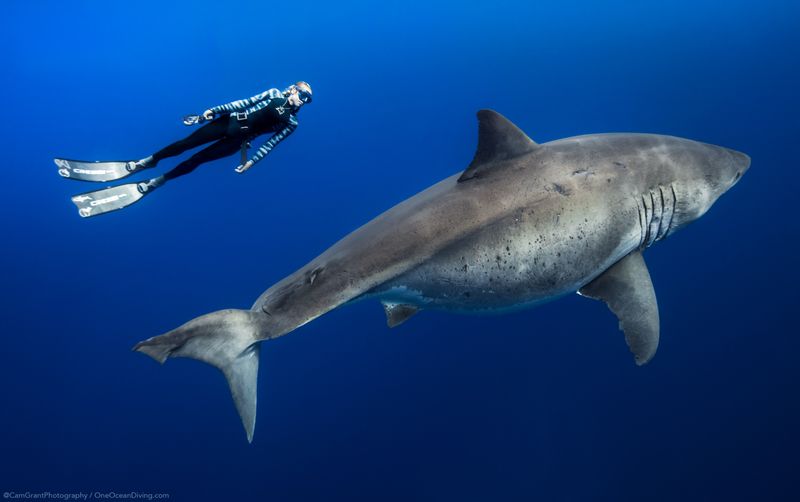
Sharks have specialized taste buds that prefer high-fat, calorie-rich prey like seals. Humans are too bony and lack the blubber sharks crave.
When shark encounters do happen, they’re usually investigative bites rather than predatory attacks. The shark typically swims away after realizing you’re not what they’re looking for.
2. Understanding Body Language Reduces Risk
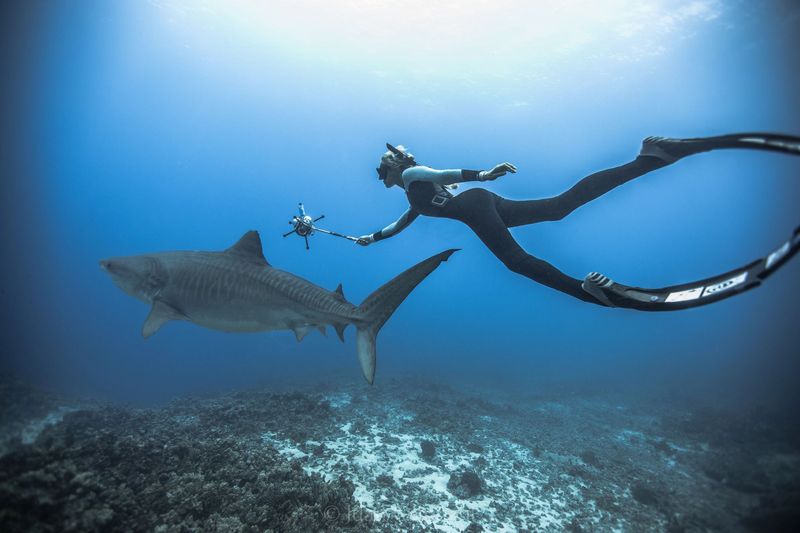
Ramsey reads shark behavior like a book. The subtle shifts in swimming patterns, gill movements, and pectoral fin positions reveal a shark’s intentions and mood.
Learning these silent signals transforms fear into awareness. When a shark arches its back or lowers its pectoral fins, it’s communicating boundaries that smart divers respect immediately.
3. Proper Training Creates Confidence
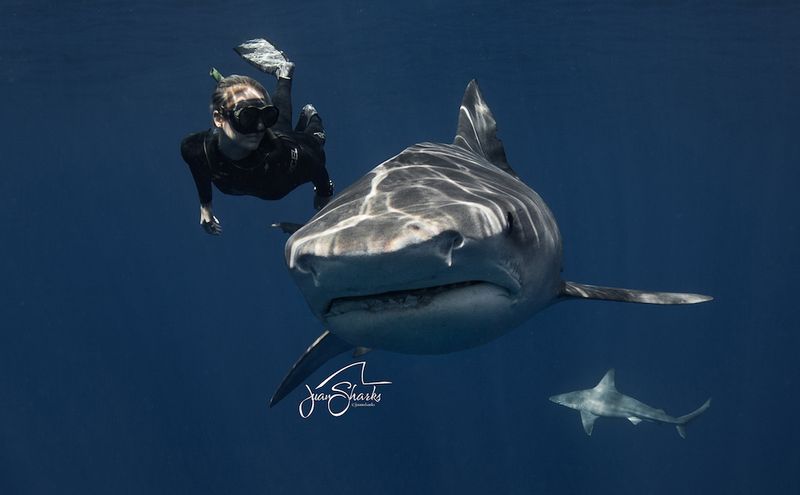
Ramsey spent years studying shark behavior before free-diving with them. Her confidence comes from preparation, not recklessness.
She trains others through her One Ocean Diving program, teaching proper positioning, movement techniques, and response strategies. These skills transform terrified tourists into respectful underwater guests who can safely observe sharks.
4. Slow, Deliberate Movements Keep You Safe
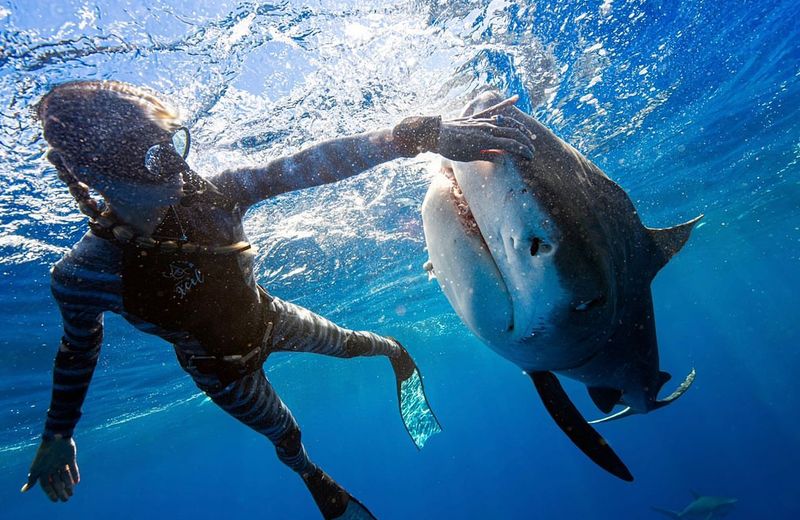
Frantic splashing mimics injured prey and triggers a shark’s hunting instincts. Calm, measured movements signal you’re not food.
Ramsey maintains eye contact with sharks while moving smoothly through water. This deliberate presence communicates confidence rather than vulnerability. Sharks respond to this body language by remaining curious but non-aggressive.
5. Most Shark Species Pose No Threat
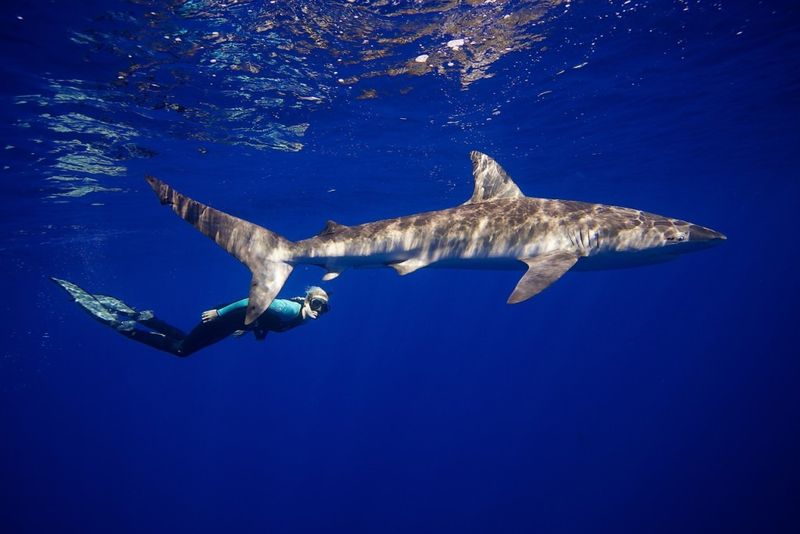
Of over 500 shark species, only about 12 have been involved in unprovoked attacks on humans. The vast majority are completely harmless to people.
Gentle giants like whale sharks and basking sharks feed exclusively on tiny plankton. Even nurse sharks, though large and powerful, prefer crustaceans to anything human-sized and typically flee when approached.
6. Media Distortion Creates Unnecessary Fear
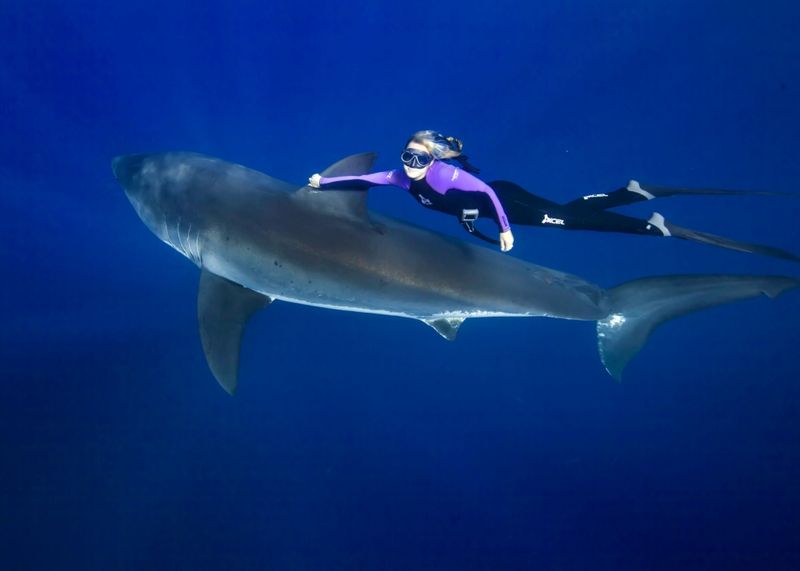
“Jaws” and sensationalized news reports have painted sharks as mindless killers. This portrayal couldn’t be further from reality.
Annual global shark incidents average around 70-100, with fatalities in single digits. More people die yearly from selfie accidents than shark bites! Ramsey fights these misconceptions through her educational work and stunning imagery.
7. Respect Creates Mutual Understanding
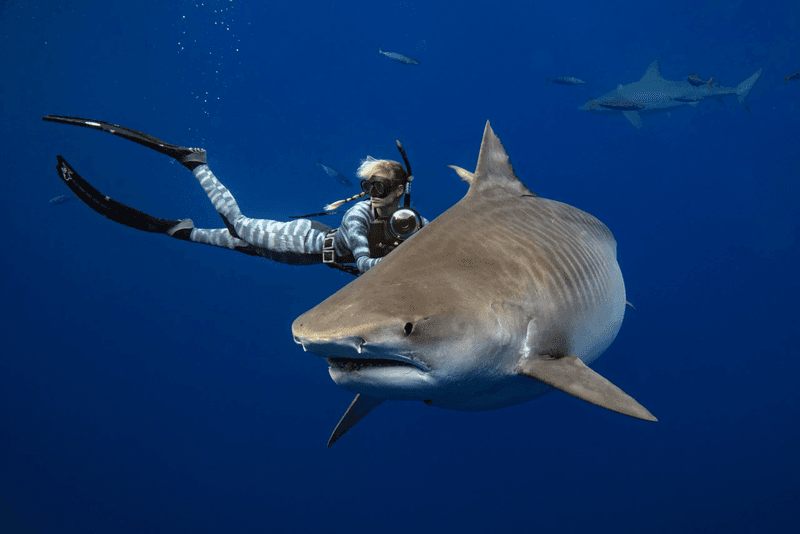
“Sharks aren’t mindless monsters – they’re intelligent predators deserving respect,” Ramsey often explains. This mindset shift changes everything.
By approaching sharks as respected wild animals rather than enemies, divers create safer interactions. Sharks sense this respect through our behavior and typically respond in kind, maintaining a curious but respectful distance.
8. Sharks Are More Threatened Than Threatening
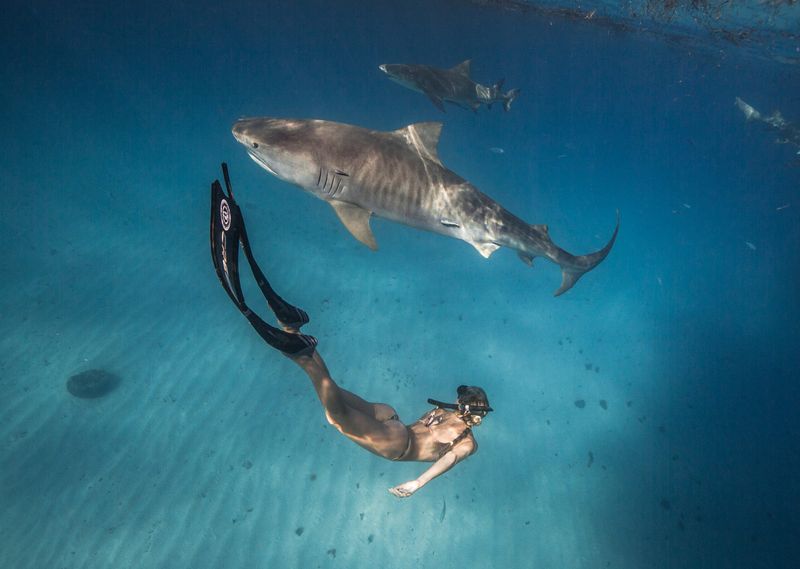
An estimated 100 million sharks die annually from fishing practices, primarily for their fins. Many species face extinction within our lifetime.
Ramsey witnesses this devastation firsthand. Her close encounters with sharks aren’t just thrilling adventures – they’re desperate attempts to humanize these animals before they disappear forever. Their survival directly impacts ocean health.
9. Proper Timing Reduces Encounter Risks
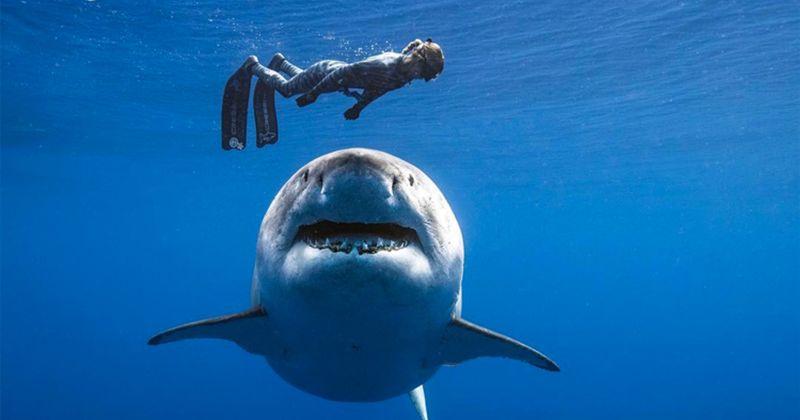
Dawn and dusk are feeding times when sharks hunt most actively. Ramsey schedules dives during daylight hours when visibility is best and sharks are less likely to be in hunting mode.
She also avoids murky water conditions where sharks might mistake humans for prey. Clear water allows sharks to clearly identify you as non-food and reduces mistaken identity bites.
10. Knowledge Transforms Fear Into Fascination
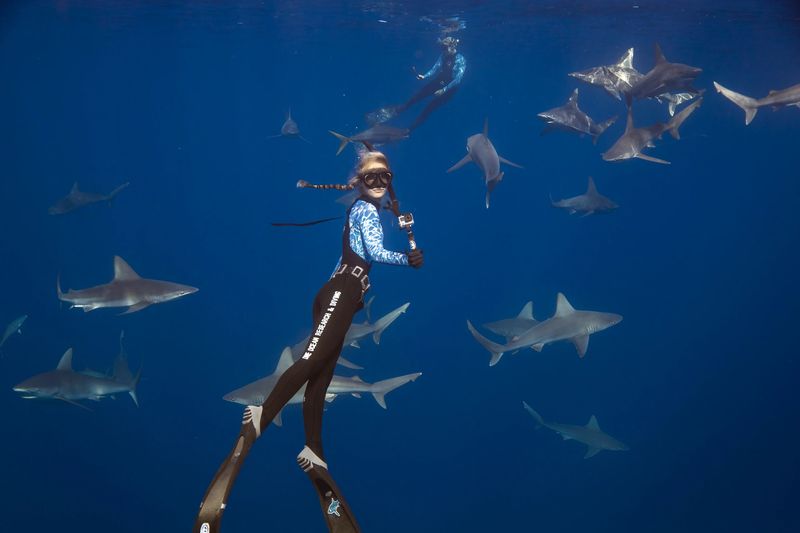
Ramsey’s background in marine biology gives her insights most people lack. Understanding shark evolution, sensory systems, and ecological roles creates appreciation instead of terror.
Her organization offers educational programs where participants learn shark biology before entering the water. This knowledge creates confident, fascinated divers rather than frightened tourists, completely changing the underwater dynamic.
11. Positioning Yourself Properly Is Crucial
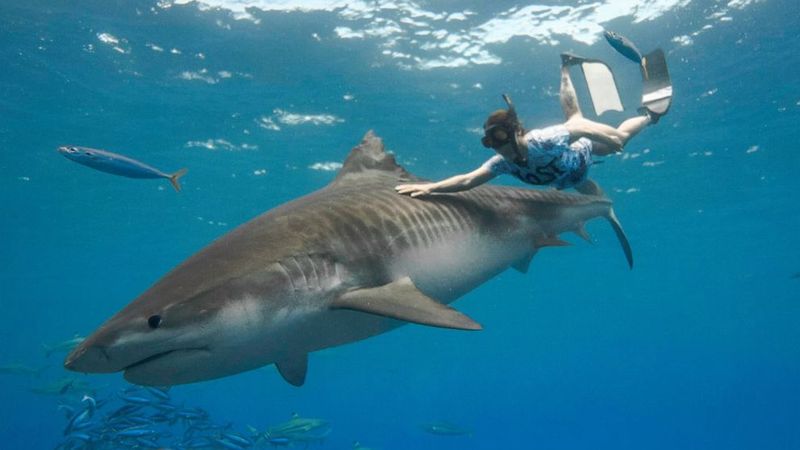
Never position yourself below a shark – this mimics prey behavior. Ramsey teaches divers to maintain eye level or slightly above sharks.
She demonstrates how to keep your body vertical rather than horizontal in the water. This posture makes you appear less like a seal or turtle. Proper positioning is perhaps the single most important safety technique.
12. Personal Energy Affects Shark Behavior
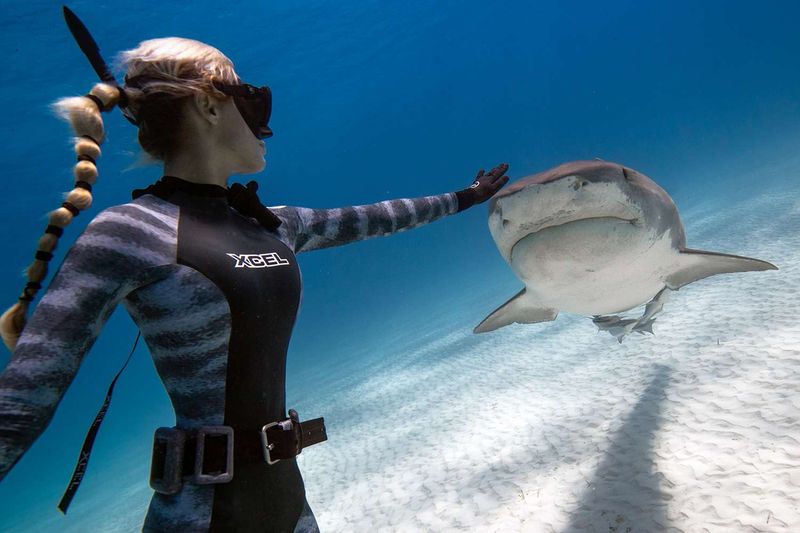
Sharks are remarkably sensitive to electrical fields and can detect your heartbeat from yards away. Ramsey practices meditation before dives to maintain calm energy underwater.
Panic produces electrical signals sharks can sense. By controlling her breathing and heart rate, Ramsey creates a non-threatening presence. This technique has helped her safely interact with even the largest predatory sharks.
13. Conservation Connection Creates Purpose
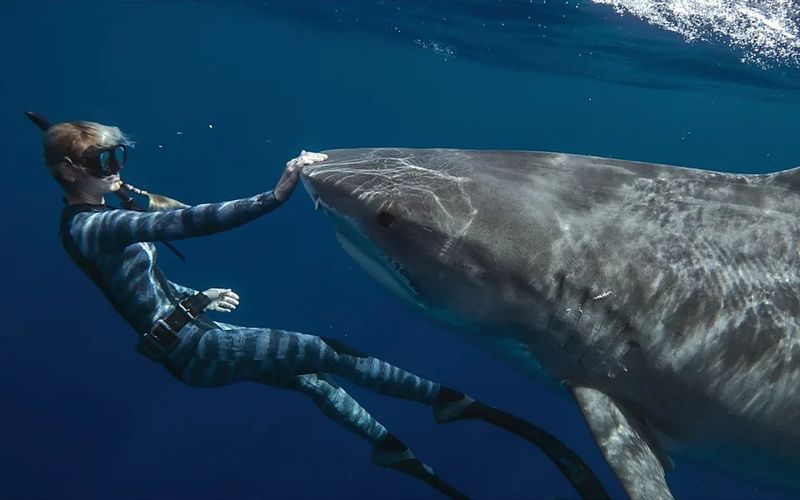
Ramsey’s fearlessness comes partly from her mission: saving sharks from extinction. This purpose transcends personal fear.
Her viral photos showing gentle interactions with massive sharks have changed public perception globally. By swimming alongside these misunderstood creatures, she gives them faces and personalities that people connect with emotionally, inspiring protection rather than persecution.






